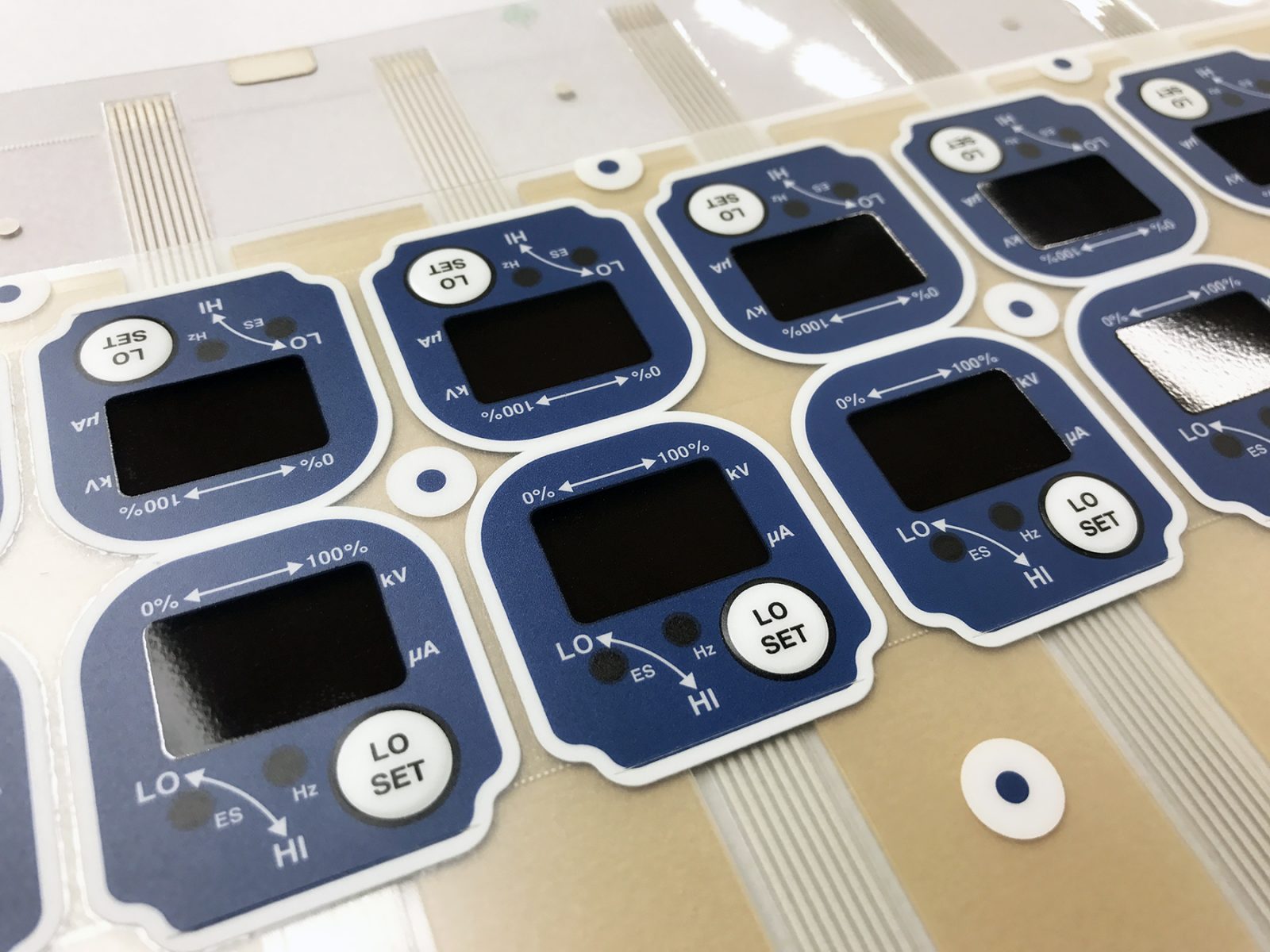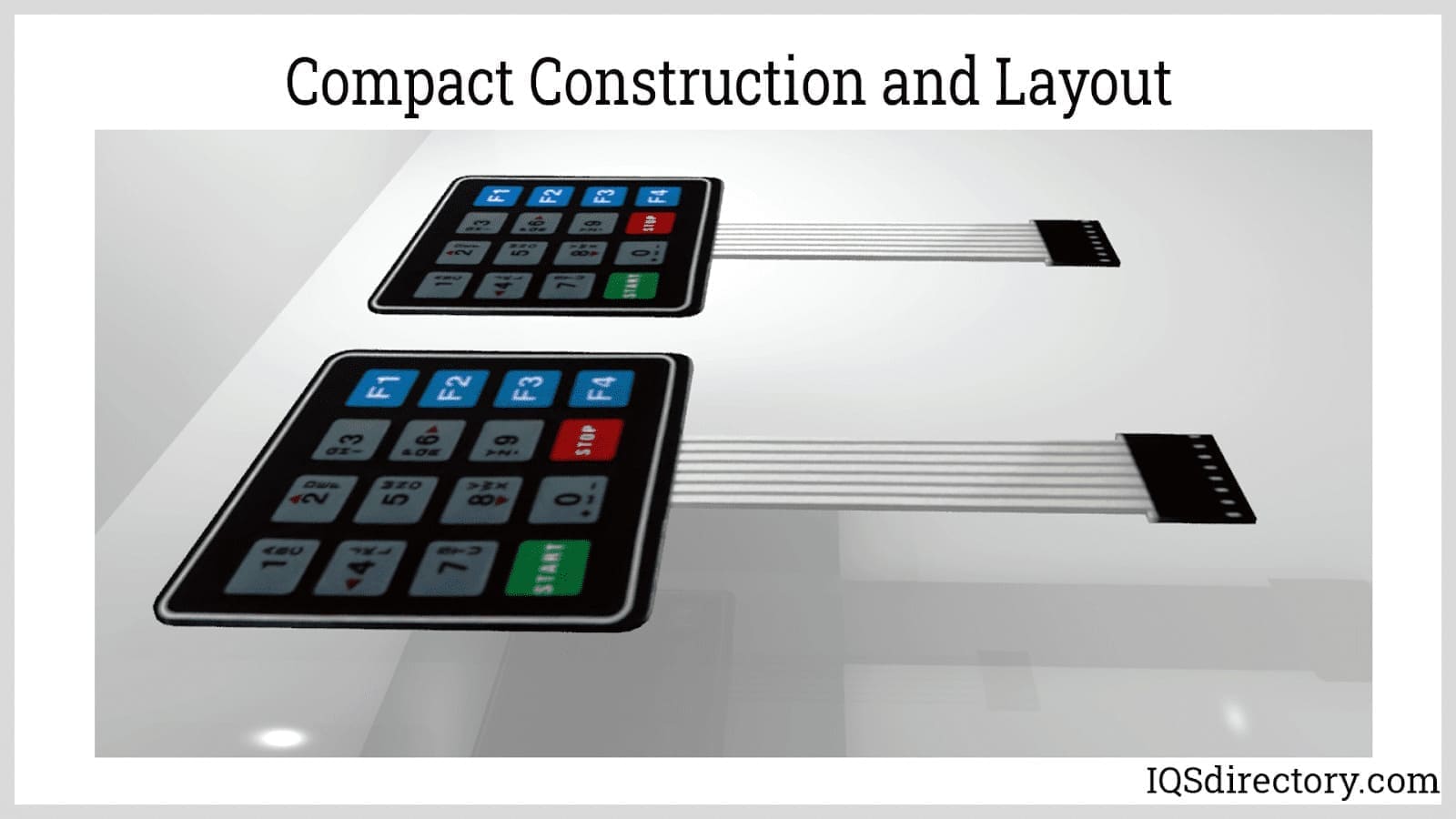Comprehending the Functionality of Membrane Switches for Interface Devices
The performance of membrane layer changes stands for a considerable improvement in individual interface design, integrating effectiveness with aesthetic adaptability. As markets increasingly prioritize user experience, understanding the subtleties of membrane switch modern technology ends up being essential.
What Are Membrane Layer Buttons?
Membrane layer switches are ingenious user interface tools that help with customer interaction with electronic equipment. These functional parts include several layers, consisting of a graphic overlay, spacer, and a printed circuit layer. The style enables a seamless integration right into numerous electronic gadgets, improving both the visual and useful elements of interface.
Membrane layer switches are generally utilized in a large range of applications, from house appliances to commercial equipment and medical tools. Their construction commonly features a slim account, making them a perfect selection for small layouts. The responsive comments supplied by these switches can be engineered to satisfy details customer preferences, making sure efficient interaction in between the individual and the gadget.
Longevity is one more significant advantage of membrane layer buttons, as they are resistant to dust, wetness, and chemicals, which improves their lifespan in requiring atmospheres. Additionally, these switches can be customized in terms of form, dimension, and visuals style, permitting branding and user-specific functions. On the whole, membrane switches over represent a functional remedy for improving customer experience in digital tools, integrating capability with aesthetic appeal in a reliable fashion.
How Membrane Changes Work
Operating on a straightforward concept, membrane layer switches utilize a split building to register customer input successfully. Each switch contains numerous layers, consisting of a published circuit layer, a spacer layer, and a leading graphic layer, which are made to interact flawlessly. When a customer presses the leading layer, it compresses the spacer layer, bringing the conductive aspects of the circuit layer right into call with each other.
This get in touch with creates a closed circuit, signifying the tool to perform a specific feature. The style enables various setups, including tactile responses, which can enhance the user experience by supplying a physical experience upon activation. The materials used in membrane layer switches frequently include adaptable substrates, such as polyester or polycarbonate, which guarantee sturdiness and durability against damage.

Secret Benefits of Membrane Switches

An additional considerable benefit is their compactness. Membrane layer switches are slim and light-weight, which allows manufacturers to conserve space in their tools without compromising functionality. This feature is particularly valuable in applications where weight and quantity are crucial considerations.
In addition, membrane switches are immune to dust, wetness, and chemicals, boosting their sturdiness. This strength expands their life-span and lowers the need for regular replacements, causing price savings over time.
Additionally, the responsive feedback supplied by membrane layer buttons can be optimized to boost user interaction. They can consist of functions such as elevated buttons or audible clicks, boosting use and user experience.
Applications Throughout Industries
User interface devices using membrane layer buttons prevail in a wide range of markets, showcasing their versatility and capability. Membrane Switch. In the clinical sector, membrane buttons are integral to devices such as diagnostic equipment and client tracking systems, where their longevity and convenience of cleansing are crucial for preserving health criteria. In the auto sector, these switches are utilized in dashboard controls and infomercial systems, giving a streamlined and contemporary user interface for customers.
In addition, the customer electronic devices field gain from membrane layer switches in devices and portable tools, where compact design and user-friendly user interfaces improve individual experience. Industrial applications likewise utilize membrane switches over for control panels in equipment and automation systems, highlighting their effectiveness and resistance to Discover More extreme atmospheres.
In the aerospace and defense industries, membrane layer switches are made use of in cabin controls and tools, where integrity and efficiency under extreme conditions are critical. Additionally, the video gaming industry increasingly incorporates membrane layer switches in controllers and arcade equipments, adding to an interesting customer experience. Generally, the adaptability of membrane layer switches over allows their extensive use across countless markets, emphasizing their significance in contemporary user interface style.
Future Trends in Membrane Switch Over Innovation

Furthermore, using innovative materials, such as polycarbonate and polyester movies, is expected to climb, supplying boosted longevity and resistance to environmental stressors. These materials add to the total longevity of membrane layer switches, making them ideal for harsher commercial applications.
Furthermore, the consolidation of clever technology, consisting of IoT Learn More connectivity, will certainly make it possible for membrane switches to interact with other devices and systems, facilitating a much more interactive customer experience. This trend straightens with the growing demand for wise gadgets throughout different sectors, from health care to consumer electronics.
Lastly, customization options are prepared for to increase, allowing manufacturers to create bespoke remedies customized to details customer demands and preferences. These advancements will place membrane layer switches as important components in the evolution of interface innovation.
Verdict
In final thought, membrane switches over represent a critical innovation in user interface innovation, supplying a dependable and flexible option for diverse digital applications. As advancements in product science and touch picking up modern technologies continue, the functionality and applicability of membrane buttons are expected to increase, strengthening their importance in modern-day digital devices.